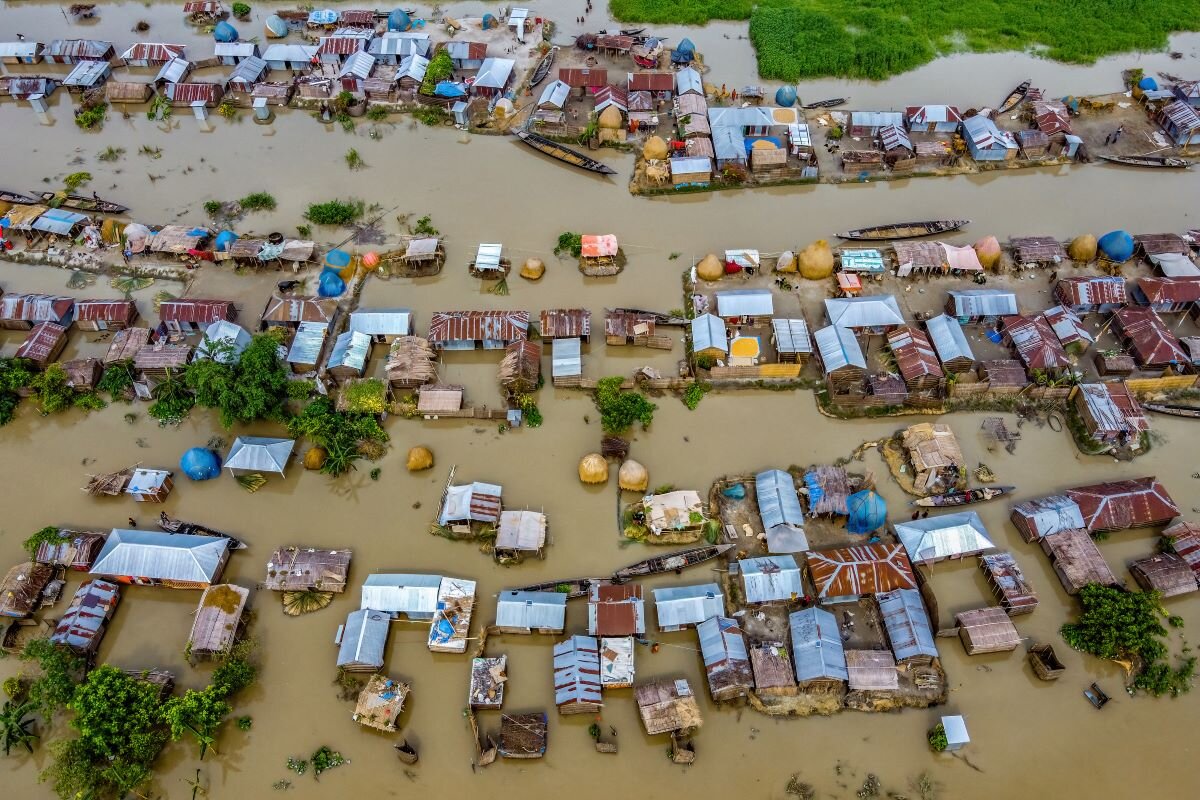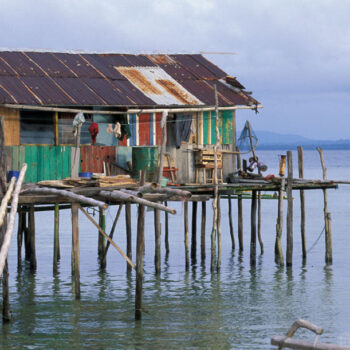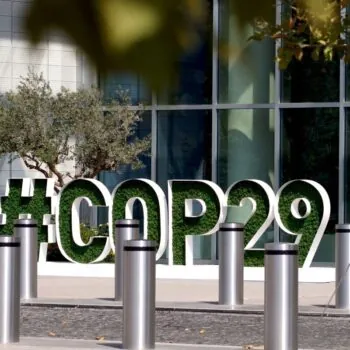Increasingly frequent and severe extreme weather events exacerbated by climate change have left nearly half the world’s population vulnerable to the impacts of climate change. The last few weeks alone have seen catastrophic flooding in the United States and Europe, a historic drought in Southern Africa, devastating fires in the Amazon, and torrential rains displacing millions in south Asia. 2024 is expected to be the hottest year on record, for a second year in a row.
These impacts have tragic human and economics costs, undermining development across the world, yet they continue to be largely unaddressed. The 46 least developed countries (LDCs) having received less than 3% of the finance they need to adapt to climate change. The adaptation finance gap is estimated to be between US$194-366 billion per year.
Leaders are now recognising the imperative to elevate this issue and invest more in the world’s ability to adapt and be resilient to the changing climate and its impacts. COP29 needs to deliver stronger political commitment, action, and financing to address the adaptation and resilience imperative.
At COP28, the agreement around a new Global Goal on Adaptation framework was a critical moment for global resilience. Last week, during the World Bank and IMF Annual meetings which also hosted a meeting of G7 and G20 Finance Ministers, adaptation financing needs were a key element to reforming and strengthening the international financial architecture. Finance ministers focused on the macroeconomic and distribution effects of climate change and signaled their intent to secure a robust International Development Association’s (IDA) 21st replenishment, which is where most finance for adaptation will continue to come from in upcoming years. Discussions also focused on improving private sector mobilisation and creating innovative sources of finance for adaptation.
These are strong signals ahead of COP29, where a new climate finance goal (NCQG) is due to be agreed on, but they are not yet enough to bridge the ambition gap for adaptation. The following steps could help shift the tide towards a successful outcome for adaptation and resilience at COP29:
- Demonstrate delivery of the financial commitments for adaptation as promised. The doubling report due at COP29 should demonstrate that the promise to at least double adaptation finance to $40 billion by 2025 is on track and will be delivered. Failure to meet that promise could seriously undermine already shaky diplomatic relationships with a knock-on effect on the negotiations. Pledges to the Adaptation Fund, (the only UNFCCC fund dedicated to adaptation, and which guarantees direct access to vulnerable communities) would be particularly impactful to avoid underdelivering on the US$300 million fundraising goal a second year in a row.
- The new climate finance goal should provide a signal for what comes next for adaptation finance after the doubling goal is met in 2025. The new goal must include a substantial public financing component for adaptation as private finance does not flow at the scale needed. The goal must also address qualitative finance issues, including enhancing access to climate funds by shortening timelines and harmonize reporting and application processes and provide clarity on the mechanisms and channels to deliver adaptation finance to improve transparency and ensure finance is reaching vulnerable communities.
- Elevate adaptation and resilience on the policy agenda as a critical pillar of climate action. Financial commitments will need to be supported by integrated development and climate plans and enhanced resilience planning and preparedness. Strong adaptation components need to feature in the updated Nationally Determined Contributions (NDCs), new National Adaptation Plans (NAPs) coming through by the 2025 deadline and through achieving the Early Warnings Systems for all by 2027 commitment. The UAE-Belem Work Programme on indicators to the Global Goal on Adaptation must also progress at COP29 to agree on initial indicator mapping and ways of working into next year’s negotiations.
Meaningful action on this agenda will not only save lives but deliver economic and social upsides such as a 4:1 return on investment from resilient infrastructure, better standards of living, improved access to critical services, increased food production, better air quality, and investment in innovation and jobs.
All of these elements – the political, the financial, and the planning – will be essential to a successful COP29 and building momentum into 2025.



